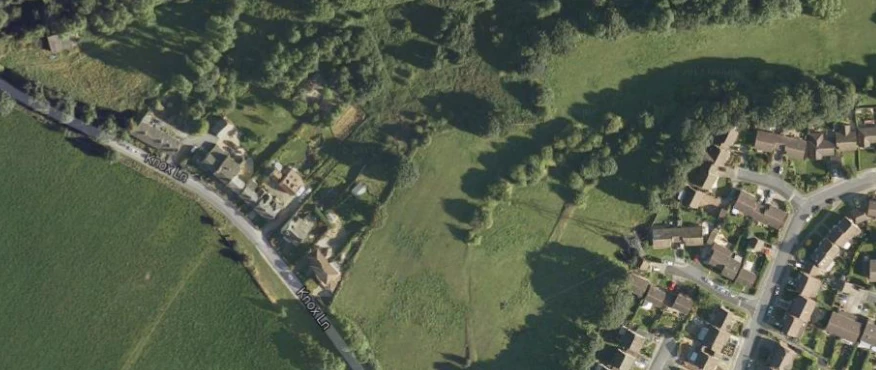
Partner Article
Looking on the lighter side of Landscape and Visual Impact Assessments
When it comes to assessments for building projects we’re told not to skimp - to thoroughly assess, investigate and even repeat in some cases. However, when it comes to Landscape and Visual Impact Assessments, do you always need to go the ‘whole hog’?
For some projects, particularly when needing to establish whether development on the site is even viable, there is little that will be gained from a full impact assessment that can’t be achieved through a lighter version.
Heart Land Creative recently undertook a project in Harrogate, working with a local developer to investigate the impact of a potential housing development. The site consisted of several different property varieties and required high quality open space and pedestrian links, as well as retaining links to existing features and fauna.
Despite a clear vision for the project, it was far from fully developed; making a full assessment superfluous and time-consuming, not to mention costly. Despite this, in order to progress with plans, the developer still needed to be aware of potential pitfalls and opportunities.
The solution was a light version of the Landscape and Visual Impact Assessment. The lighter version of the report was more economical and better suited to the stage of the project at the time, whilst still being fully compliant with the ‘Guidelines for Landscape and Visual Impact Assessment’ (Second Edition) published by the Landscape Institute and the Institute of Environmental Assessment; and ‘Landscape Character Assessment Guidance for England and Scotland’.
A light assessment was able to determine constraints on the site, views both into and off the site that needed to be taken in to consideration, impacts to the wider area and design recommendations based on nearby properties and the character of the area overall.
The overall conclusions were more than sufficient to allow developers to move forward with the next stages of the project and, when the time comes to make a full assessment, the findings from the light option will be absorbed as part of the final document; making what can be an arduous process much more efficient.
With more developers than ever keen to explore multiple options before deciding on final plans, there is a lot to be gained in ‘going light’.
Tamsin Harrison is the Managing Director of Heart Land Creative, A Darlington-based landscape design and urban regeneration company.
This was posted in Bdaily's Members' News section by Heart Land Creative Ltd .
Enjoy the read? Get Bdaily delivered.
Sign up to receive our daily bulletin, sent to your inbox, for free.








 Why investors are still backing the North East
Why investors are still backing the North East
 Time to stop risking Britain’s family businesses
Time to stop risking Britain’s family businesses
 A year of growth, collaboration and impact
A year of growth, collaboration and impact
 2000 reasons for North East business positivity
2000 reasons for North East business positivity
 How to make your growth strategy deliver in 2026
How to make your growth strategy deliver in 2026
 Powering a new wave of regional screen indies
Powering a new wave of regional screen indies
 A new year and a new outlook for property scene
A new year and a new outlook for property scene
 Zero per cent - but maximum brand exposure
Zero per cent - but maximum brand exposure
 We don’t talk about money stress enough
We don’t talk about money stress enough
 A year of resilience, growth and collaboration
A year of resilience, growth and collaboration
 Apprenticeships: Lower standards risk safety
Apprenticeships: Lower standards risk safety
 Keeping it reel: Creating video in an authenticity era
Keeping it reel: Creating video in an authenticity era